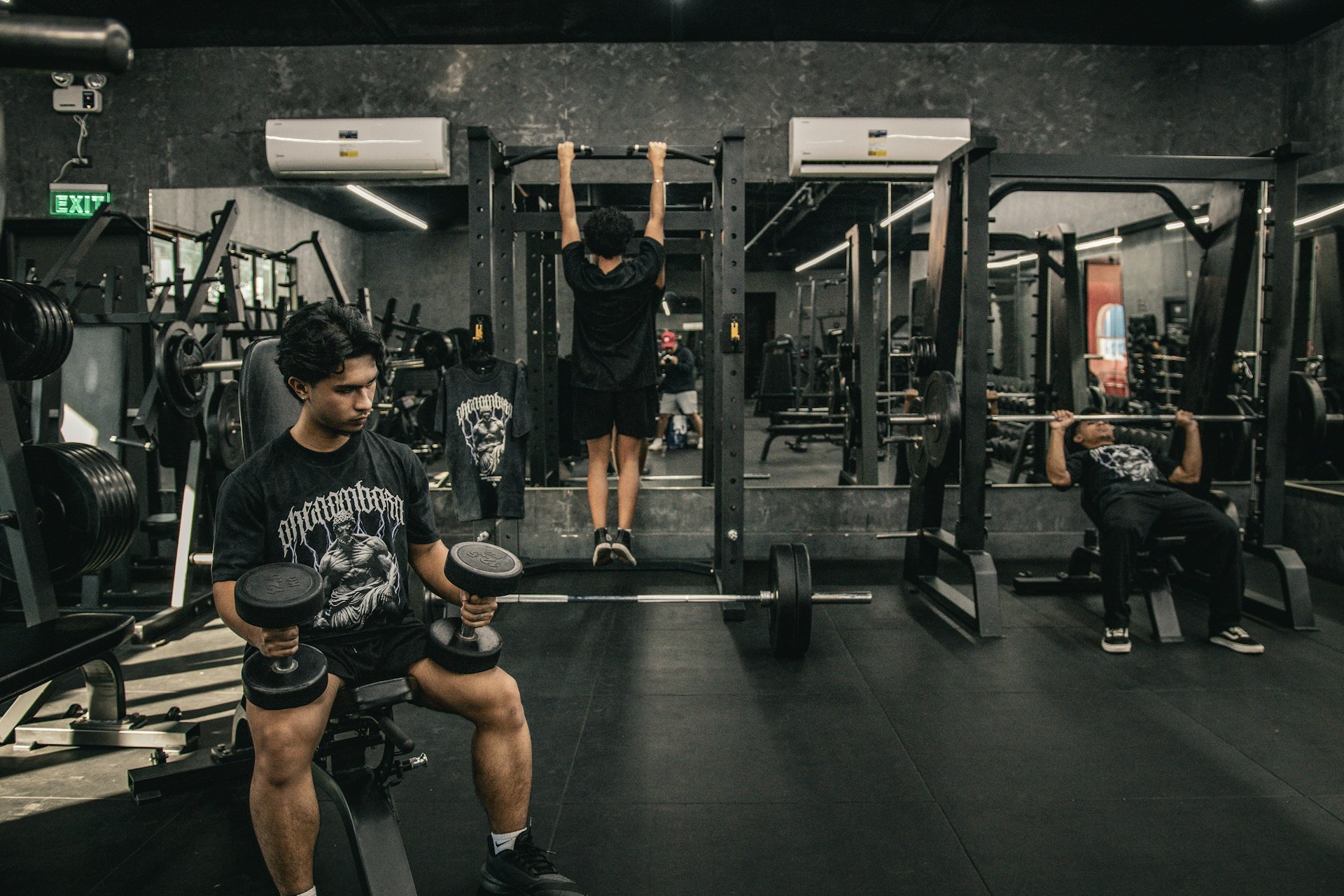Property owners facing sewer line issues often wonder about the longevity of modern repair methods. Trenchless sewer repair has emerged as a popular alternative to traditional excavation methods, offering minimal disruption to landscapes and daily routines. Understanding the durability and expected lifespan of these innovative solutions helps homeowners and business owners make informed decisions about their sewer maintenance investments.
The longevity of trenchless sewer repairs depends on several factors, including the specific method used, soil conditions, pipe material, and proper installation techniques. Most trenchless repairs offer substantial durability, often matching or exceeding the lifespan of traditional replacement methods while providing faster installation and reduced property disruption.
This comprehensive guide examines the expected lifespan of various trenchless repair methods, factors that influence their durability, and maintenance practices that can extend their effectiveness. Property owners will learn more about making strategic decisions for their sewer infrastructure needs.
Understanding Trenchless Repair Methods and Their Expected Lifespans
Pipe Lining Systems
Cured-in-place pipe (CIPP) lining represents one of the most widely used trenchless repair methods. This technique involves inserting a resin-saturated liner into the existing pipe, which then cures to form a new pipe within the old one. CIPP installations typically last 50 to 100 years when properly installed and maintained.
Pipe bursting offers another durable solution, completely replacing the old pipe with new HDPE or PVC materials. This method provides exceptional pipe longevity, with new pipes expected to function effectively for 75 to 100 years under normal conditions.
Spot Repair Techniques
Localized repairs using epoxy coatings or sectional linings address specific damaged areas without full-line replacement. These targeted solutions generally last 15 to 30 years, depending on the severity of the original damage and local environmental conditions.
Factors That Influence Durability and Performance
Soil and Environmental Conditions
Ground movement, soil acidity, and groundwater levels significantly impact the lifespan of trenchless repairs. Clay soils that expand and contract with moisture changes can stress pipe materials over time. Highly acidic or alkaline soils may accelerate material degradation, potentially reducing the expected service life.
Temperature fluctuations and freeze-thaw cycles in colder climates can affect pipe materials differently. HDPE pipes demonstrate excellent flexibility in temperature variations, while some liner materials may become more brittle over extended cold periods.
Installation Quality and Technique
Professional installation quality directly correlates with long-term performance. Proper surface preparation, correct resin mixing ratios, and adequate curing times ensure optimal material properties. Skilled technicians follow manufacturer specifications and industry best practices to maximize system durability.
Pre-installation inspections and post-installation testing verify proper installation and identify potential issues before they become major problems. Video inspections confirm complete coverage and proper adhesion of liner materials.
Material Science Behind Durable Solutions
Advanced Resin Technologies
Modern epoxy and polyester resins used in trenchless repairs offer superior chemical resistance and structural strength compared to earlier formulations. These materials resist common sewer chemicals, including hydrogen sulfide, methane, and various acids produced during waste decomposition.
Fiber reinforcement in many liner systems provides additional tensile strength, preventing cracking and deformation under pressure. Glass fiber and polyester felt reinforcements distribute stress loads across the entire pipe surface.
Pipe Material Innovations
High-density polyethylene (HDPE) pipes used in pipe bursting applications demonstrate exceptional resistance to chemicals, abrasion, and environmental stress cracking. These materials maintain flexibility while providing structural integrity for decades of service.
Advanced PVC formulations include impact modifiers and UV stabilizers that extend service life even in challenging environments. These improvements address common failure modes that affected earlier pipe materials.
Comparing Traditional vs. Trenchless Repair Longevity
Service Life Expectations
Traditional excavation and replacement methods typically provide 30 to 50 years of service life, depending on pipe materials and installation conditions. Cast iron pipes may last 25 to 40 years, while modern PVC installations can function effectively for 75 to 100 years.
Trenchless repairs often match or exceed these expectations while providing additional benefits. CIPP linings create seamless, joint-free systems that eliminate common failure points found in traditional segmented pipe installations.
Cost-Effectiveness Over Time
While initial costs for trenchless repairs may be comparable to traditional methods, the reduced excavation and restoration expenses often make them more economical overall. The extended service life of quality trenchless installations provides excellent long-term value.
Property owners should consider total lifecycle costs, including installation, maintenance, and eventual replacement, when evaluating repair options. Trenchless methods typically require less ongoing maintenance due to their seamless construction and resistant materials.
Maintenance Practices That Extend System Life
Regular Inspection Schedules
Scheduled video inspections every 3 to 5 years help identify minor issues before they develop into major problems. These inspections verify system integrity and identify areas that may require attention or preventive maintenance.
Professional assessments can detect early signs of material degradation, joint separation, or root intrusion that might compromise system performance. Early intervention often prevents costly emergency repairs and extends overall system life.
Preventive Care Strategies
Proper waste disposal practices significantly impact sewer system longevity. Avoiding harsh chemicals, excessive grease discharge, and non-biodegradable materials helps preserve pipe materials and prevent premature degradation.
Root management programs prevent tree root intrusion, which can damage even the most durable sewer systems. Chemical root treatments or physical barriers protect pipe integrity while maintaining landscape aesthetics.
Professional Maintenance Services
Qualified sewer maintenance professionals understand the specific requirements of different trenchless repair systems. They can recommend appropriate cleaning methods, inspection intervals, and preventive treatments based on local conditions and system characteristics.
Regular professional maintenance often includes high-pressure water jetting to remove debris accumulation and video inspection to verify system condition. These services help identify potential issues while they remain easily addressable.
Signs That Indicate Repair or Replacement Needs
Performance Indicators
Reduced flow capacity, frequent backups, or unusual odors may indicate developing problems with trenchless repair systems. These symptoms warrant professional evaluation to determine appropriate corrective actions.
Changes in water quality or unexpected increases in water bills might suggest system integrity issues. Professional diagnostic services can pinpoint problem areas and recommend targeted solutions.
Inspection Findings
Video inspection results showing material thinning, crack development, or joint separation indicate potential service life limitations. Professional evaluation helps determine whether localized repairs or system replacement provides the best long-term solution.
Documented changes in system condition over time help predict remaining service life and plan for future maintenance or replacement needs. This proactive approach prevents unexpected system failures and associated emergency costs.
Maximizing Your Investment in Sewer Infrastructure
Trenchless sewer repair methods offer property owners reliable, long-lasting solutions for addressing sewer line problems. With proper installation, appropriate material selection, and regular maintenance, these systems provide decades of dependable service while minimizing property disruption and ongoing maintenance requirements.
The exceptional pipe longevity offered by modern trenchless technologies makes them attractive options for property owners seeking durable solutions. Understanding the factors that influence system performance helps ensure maximum return on infrastructure investments.
Property owners should work with qualified professionals who understand local conditions and can recommend appropriate repair methods based on specific site requirements. This collaborative approach ensures optimal system performance and longevity while providing peace of mind for years to come.
For those considering sewer maintenance options, consulting with experienced trenchless repair specialists provides valuable insights into the best approaches for specific situations and long-term infrastructure planning.




